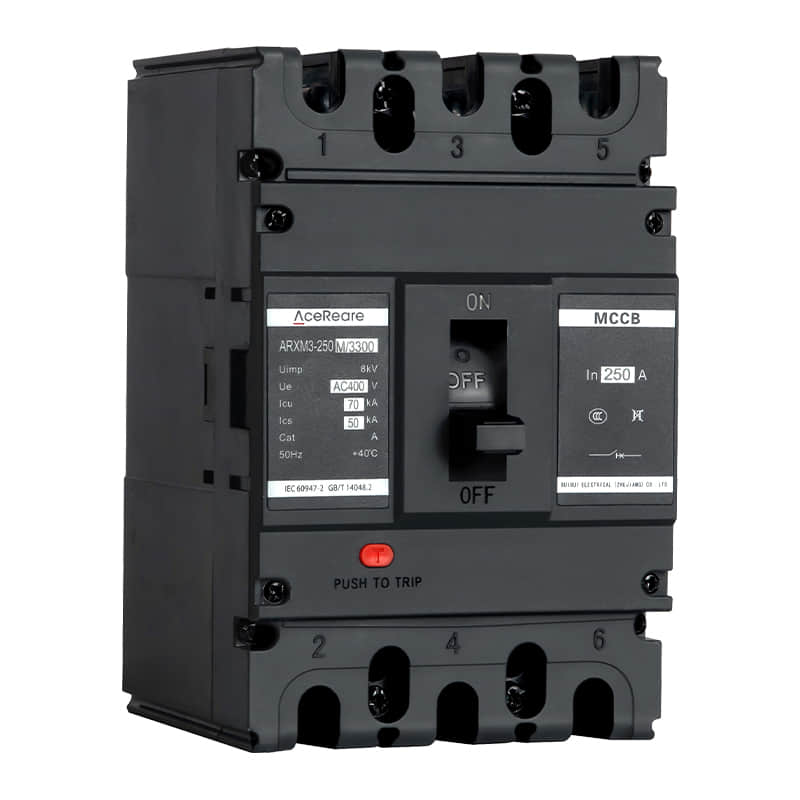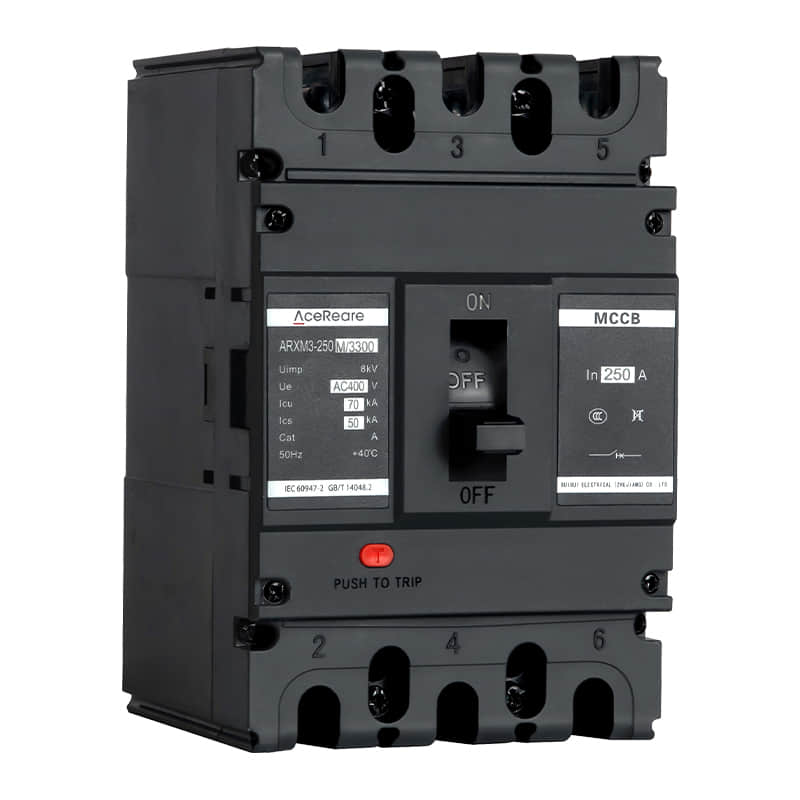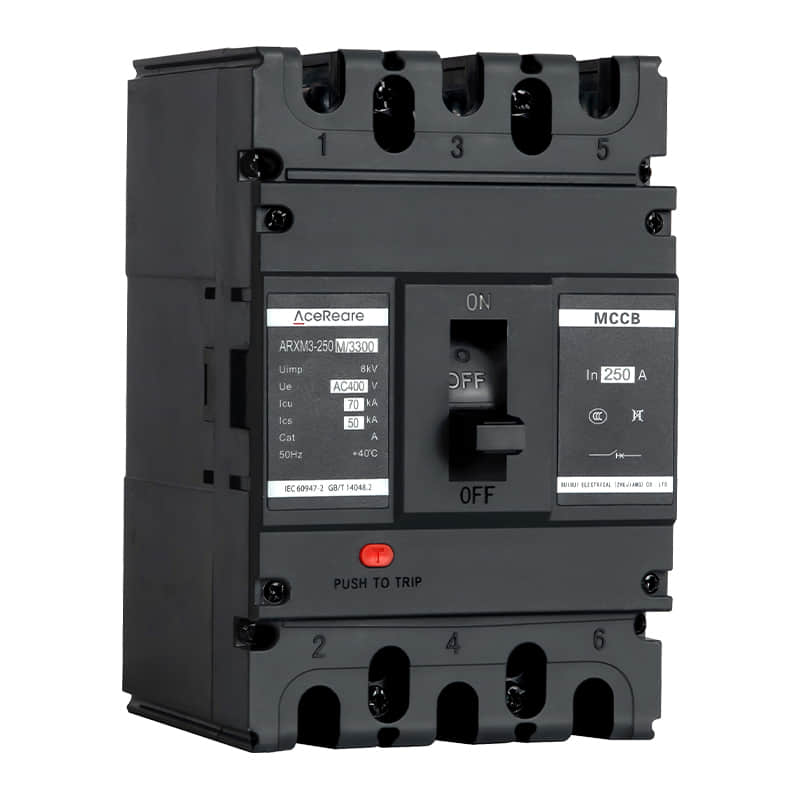In the world of electrical engineering and systems, the 250 amp circuit breaker plays a crucial role in ensuring the safety and reliability of electrical circuits. This vital component is designed to monitor and control the flow of electric current, preventing damage to equipment and potential hazards in the event of an overload or short circuit.

The 250 amp circuit breaker is specifically designed to handle high-amperage electrical loads. Its rating of 250 amps indicates the maximum continuous current it can safely carry without tripping. This makes it suitable for applications where heavy-duty electrical equipment is in use, such as industrial facilities, commercial buildings, and large residential complexes.

The basic function of a 250 amp circuit breaker is to interrupt the flow of electric current when it exceeds a predefined limit. This limit is set based on the safe operating capacity of the circuit and the equipment connected to it. When an overload or short circuit occurs, the breaker’s internal mechanism is triggered, causing the contacts to separate and interrupting the circuit. This action prevents the current from reaching dangerous levels, protecting the circuit components and preventing potential fires or other hazards. The design of the 250 amp circuit breaker incorporates several safety features. It is typically constructed with high-quality materials that can withstand the heat and pressure generated by high-amperage currents. The contacts are designed to provide a reliable connection while minimizing resistance and heat generation. Additionally, the breaker is equipped with thermal and magnetic trip mechanisms that sense the temperature rise and current imbalance in the circuit, respectively. These mechanisms work together to ensure that the breaker trips quickly and reliably in response to a fault condition.
